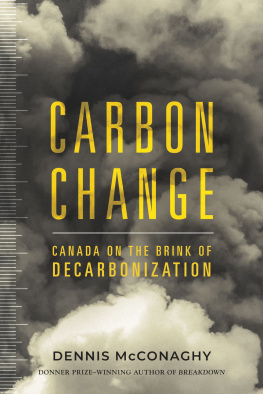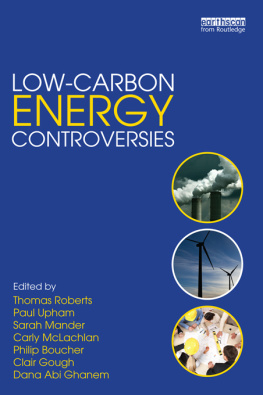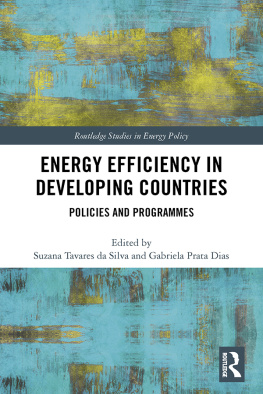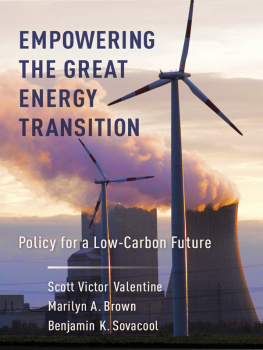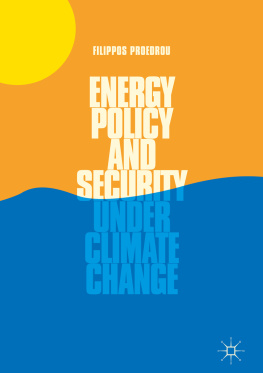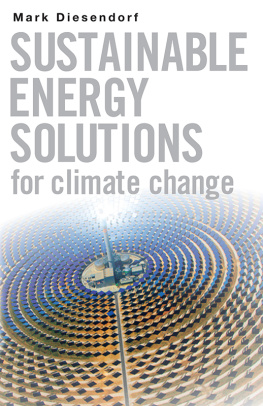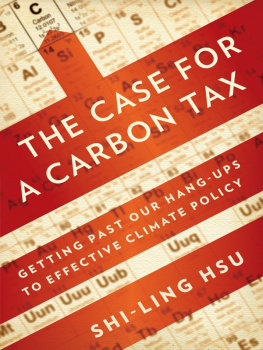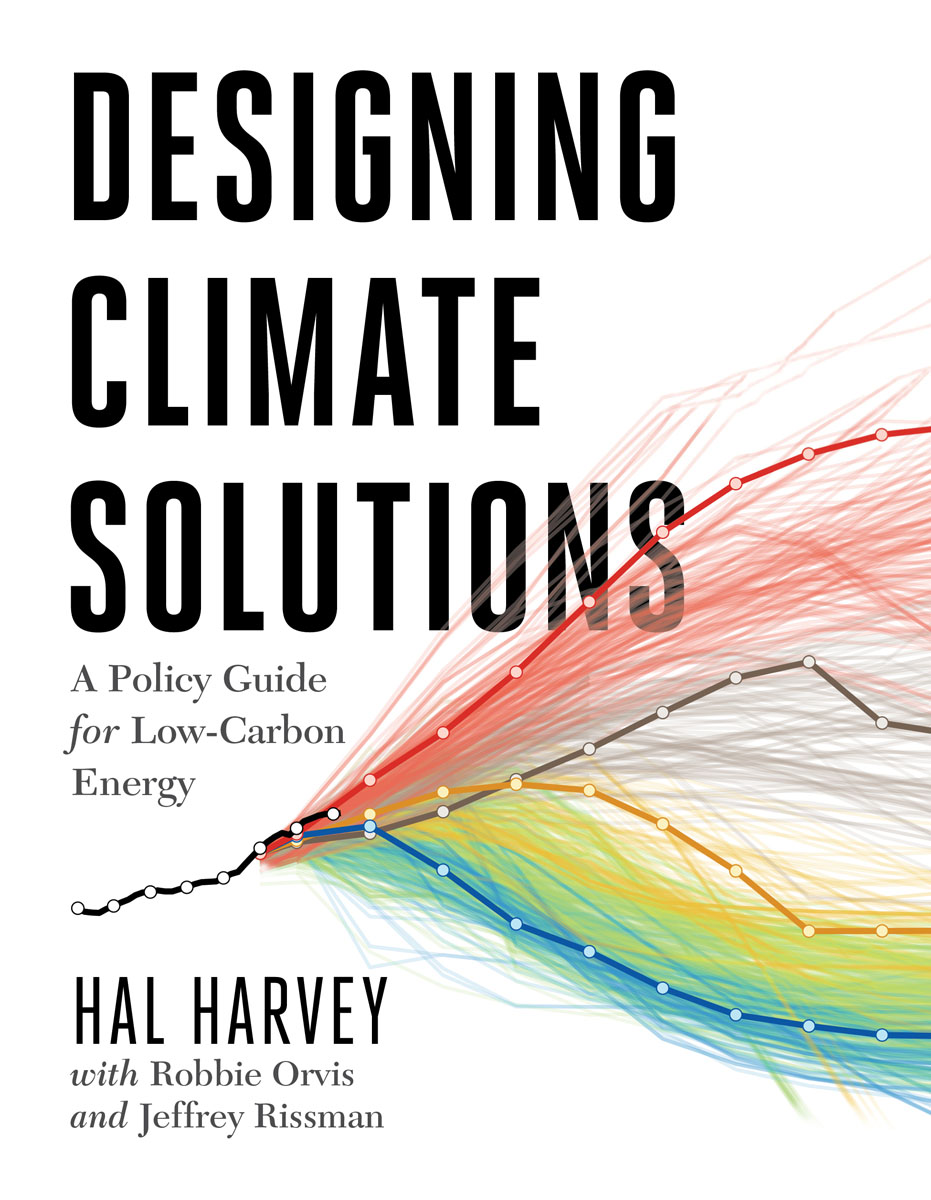
About Island Press
Since 1984, the nonprofit organization Island Press has been stimulating, shaping, and communicating ideas that are essential for solving environmental problems worldwide. With more than 1,000 titles in print and some 30 new releases each year, we are the nations leading publisher on environmental issues. We identify innovative thinkers and emerging trends in the environmental field. We work with world-renowned experts and authors to develop cross-disciplinary solutions to environmental challenges.
Island Press designs and executes educational campaigns in conjunction with our authors to communicate their critical messages in print, in person, and online usingthe latesttechnologies, innovative programs, and the media. Our goal is to reach targeted audiencesscientists, policymakers, environmental advocates, urban planners, the media, and concerned citizenswith information that can be used to create the framework for long-term ecological health and human well-being.
Island Press gratefully acknowledges major support from The Bobolink Foundation, Caldera Foundation, The Curtis and Edith Munson Foundation, The Forrest C. and Frances H. Lattner Foundation, The JPB Foundation, The Kresge Foundation, The Summit Charitable Foundation, Inc., and many other generous organizations and individuals.
Generous support for the publication of this book was provided by Terry Gamble Boyer and Peter Boyer.
The opinions expressed in this book are those of the author(s) and do not necessarily reflect the views of our supporters.

Island Press mission is to provide the best ideas and information to those seeking to understand and protect the environment and create solutions to its complex problems. Click here to get our newsletter for the latest news on authors, events, and free book giveaways. Get our app for Android and iOS .

Copyright 2018 Hal Harvey, Robbie Orvis, and Jeffrey Rissman
All rights reserved under International and Pan-American Copyright Conventions. No part of this book may be reproduced in any form or by any means without permission in writing from the publisher: Island Press, 2000 M Street. NW, Suite 650, Washington, DC 20036 Island Press is a trademark of The Center for Resource Economics.
Library of Congress Control Number: 2018946759
All Island Press books are printed on environmentally responsible materials.
Manufactured in the United States of America
10 9 8 7 6 5 4 3 2 1
Keywords: appliance standards, building codes, carbon emissions, carbon pricing, carbon tax, climate change, decarbonization, economic signals, electric grid, electric vehicles, energy efficiency, energy-efficient buildings, energy policy, energy technology, energy use, feed-in tariffs, greenhouse gases, industry, Paris Accord, performance standards, energy, renewable portfolio standards, renewable wind power, research and development, solar power, transportation policy, urban design, vehicle efficiency standards
Contents
Foreword
The 1992 Rio de Janeiro declaration embodied international recognition that global warming and climate change, driven by anthropogenic greenhouse gas (GHG) emissions, pose a significant risk to the worlds economy, environment, and security and demand a cooperative effort between nations. It is often forgotten in todays debate in the United States that the Senate ratified this agreement and thereby committed our country to address this challenge. Nearly a quarter century later, at the historic Paris Conference of the Parties in late 2015, numbers were attached to the broad Rio declaration: Nations, both developed and developing alike, put forward specific goals for GHG emission reductions in the 20252030 timeframe. These national goals reflect the enormous scientific understanding developed in recent decades. With widespread compliance, they represent a reasonable path toward meeting an overarching goal: limiting global warming to two degrees Celsius, or possibly less. The two-degree goal would call for meeting much more ambitious GHG emission reduction goals beyond 2030. Presumably the industrialized countries, with large per capita GHG emissions, would be called on to make especially significant early reductions of their energy sector emissions.
In fact, progress has been made. In the United States, both market forces (through the substitution of natural gasand increasingly renewablesfor coal) and federal and state clean energy requirements have substantially reduced carbon dioxide emissions. China has leveled its coal use. Many other countries have introduced and implemented policies to reduce emissions, including by the imposition of carbon emission charges, although much more needs to be done across the board. Furthermore, the June 2017 announcement by President Trump that he will pull the United States out of the Paris agreement sowed confusion as to where the worlds second-largest emitter (after China) was headed. Fortunately, state governors, city mayors, and business leaders soon made clear that they fully anticipated continued progress toward a low-carbon future and would stay the course or even accelerate their plans. We are not going back.
The issue is how we get there and how fast. Because of the cumulative nature of carbon dioxide emissions, time is of the essence. A failure to act decisively now exacerbates the challenge in the decades ahead. Success will require synergistic and innovation in technology, business models, policies, and regulations.
Hal Harvey and his coauthors have performed an important service in Designing Climate Solutions: A Policy Guide for Low-Carbon Energy. In this work, the focus is placed on how to reach these emission targets and which policies have a reasonable chance of getting us there. They have relied on decades of experience combined with quantitative analysis to present a portfolio of policy solutions for key climate change risk mitigation opportunities that have been shown to work in a variety of contexts and countries. The chapters thus serve as a handbook for policymakers on both national and subnational levels. Designing Climate Solutions addresses policies that provide economic signals, performance standards, and R&D support. Clearly, this suite of policy models needs adaptation to local, regional, and national circumstances, just as there is no single low-emission technology solution for different localities and countries. This book provides a valuable toolkit for policymakers committed to timely mitigation of climate change risks.
Harvey and colleagues promote pragmatic optimism for reaching the challenging two degree Celsius goal. In their approach, they embody the philosophy of Bostonian Willie Sutton, who is said to have answered the question of why he robbed banks with the response, Because thats where the money is. Harvey and his coauthors emphasize that only 7 countries are responsible for more than half of the GHG emissions, and only 20 for three-quarters. So thats where the carbon is. Thus, a small portfolio of proven policies, applied in a small number of countries, can yield enormous progress toward the global challenge of limiting global warming and climate change. The imperative is to move expeditiously, and this book provides an excellent foundation for effective policy design in diverse circumstances.
Next page


